
Things you didn’t know about your PFD
For many people, simply hearing the term “life jacket” triggers mental images of those thick, hot, and musty keyhole devices of their childhood. Think Marty McFly in Back To The Future, dropping in on 1950s America with his poofy red down-filled vest. “Hey kid, what’s with the life jacket?”
But that’s an image that really does belong back in the 50s – especially considering how far the simple life vest has evolved since. In fact, today’s life vest – more often called a PFD, for personal flotation device, might actually be the most high-tech piece of apparel most of us will ever own. After all, we’ve been refining the basic design for more than 200 years.
The First Life Jackets – Wooden Wonders
The first recorded use of a life jacket goes back to 1805, when cotton jerseys with wooden blocks sewn onto them were worn by British sailors at the Battle of Trafalgar. Picture someone wearing a suit made out of wooden shingles and you get the basic idea. Functional? Maybe. Comfortable? Not a chance.
Nearly 50 years later, Britain’s Royal National Lifeboat Institution began using a new type of vest made out of rows of corks. You can see these vests in old photos of Titanic survivors. Then in the mid-1920s, these cork affairs gave way to fabric vests with large, strategically-placed pockets stuffed with a cotton-like plant fiber known as Kapok.
While Kapok life vests offered a number of advantages over cork, they were still heavy, hot, and uncomfortable. As a natural fiber, Kapok also had this nasty habit of rotting once it was exposed to moisture, so after being stored in the boat for a season or two, the vest was pretty much worthless. Nevertheless, the design was cheap, and Kapok remained popular with boaters for decades to come.
Come Up And See Me Sometime
With the rise of naval aviation in the 1930s, the US Navy found they needed a more compact life preserver that could be worn by pilots within the snug confines of airplane cockpits. The answer lay in an inflatable vest, with a large air bladder that laid flat across the chest. Once inflated, this air bladder would puff up to the size of a small dog and hold the wearer face-up in the water. The design proved so successful that the Marines and the Army Air Corps adopted it as well.
Officially known as the Inflatable Life Preserver, the device quickly became known as a “Mae West” because once inflated, it gave the wearer a similar profile to the busty Hollywood actress of the same name.
That 70s Show
While inexpensive Kapok live jackets remained the standard PFD among consumers in the years after the war, by the mid-1960s the heavy cotton jobs began to give way to lighter weight nylon life vests with synthetic foam floatation. Far more comfortable to wear, much less expensive to buy and substantially more resistant to rot, nylon PFDs quickly became the new standard among boaters around the world. They remain so today.
Closed-cell foam also found its way into personal flotation devices around the same time. With its ability to be formed into snug-fitting vests or even trim waist rings (widely adopted by water-skiers) closed-cell foam PFDs offered a fresh and more contemporary styling that made them immensely popular in 1970s America. With their glossy exterior finish, rainbow of color options and affordable pricing, closed-cell foam PFDs were the fashion statement on the water – along with a big bushy moustache and nothing-to-hide Speedo.
The problem with closed-cell foam PFDs is that they fit tight on the body and didn’t breathe at all, so it only took a matter of minutes until the wearer was a sweaty mess. But hey – they looked cool!
Modern PFDs
Apart from lightweight nylon designs, today’s boaters can also choose from a range of new inflatable PFDs, the modern descendants of the original military Mae West. Manufacturing efficiencies have driven the cost of inflatables down to the point where now anyone can afford one, and they’re so much more comfortable than older style PFDs that boaters often forget they’re even wearing it. That’s a big reason they’re so effective – no one ever plans to fall overboard, so having that inflatable on all the time means that it’s there when you really do need it.
Self-inflating models use triggering mechanisms such as a hydrostatic activator linked to a built-in CO2 cartridge to automatically inflate the device upon immersion in water. That can be a life saver in itself should you hit your head as you go over the side, and black out for a few moments.
Modern PFDs are remarkable devices that can save your life. Wear it with pride – it’s been over 200 years in the making!
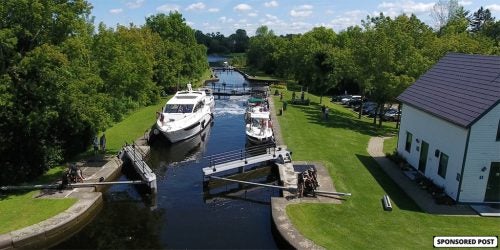
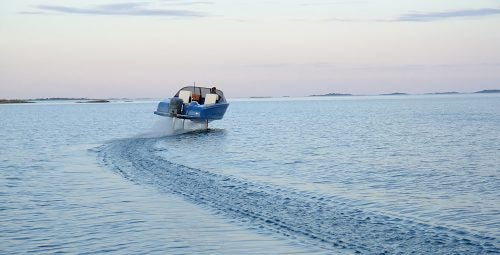



 Fort Lauderdale International Boat Show Preview
Fort Lauderdale International Boat Show Preview 10 Best New Boat Accessories at IBEX 2021
10 Best New Boat Accessories at IBEX 2021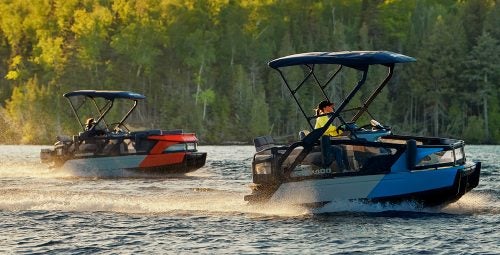 2022 Sea-Doo Switch Pontoon Boat Lineup Unveiled
2022 Sea-Doo Switch Pontoon Boat Lineup Unveiled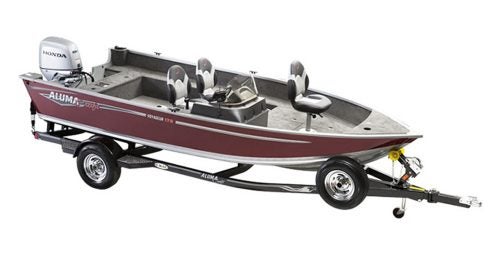 BRP Enters Fishing Boat Market with Purchase of Alumacraft Boat
BRP Enters Fishing Boat Market with Purchase of Alumacraft Boat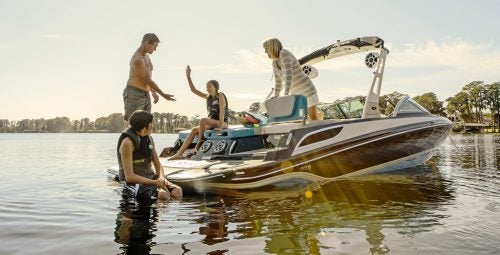 Volvo Commits To Electric Power By 2021
Volvo Commits To Electric Power By 2021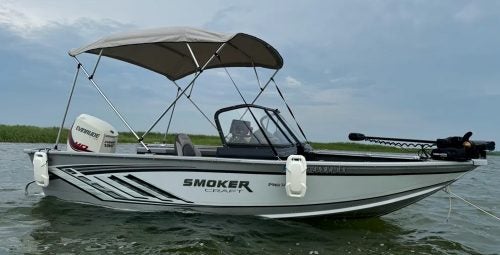 Kemimoto 4 Bow Bimini Top and Boat Bumper Review
Kemimoto 4 Bow Bimini Top and Boat Bumper Review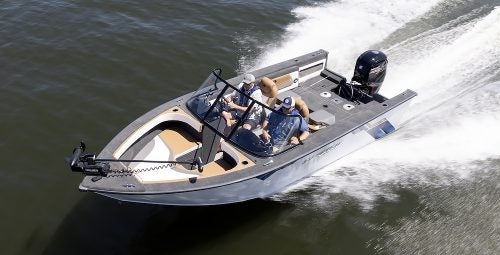 Starweld Victory 20 Review
Starweld Victory 20 Review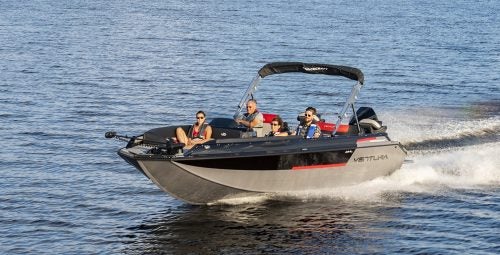 Princecraft Ventura 23 RL Review
Princecraft Ventura 23 RL Review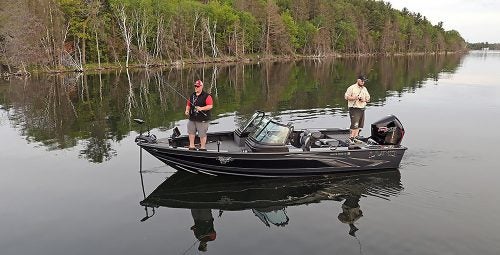 Lund 2075 Pro V Review
Lund 2075 Pro V Review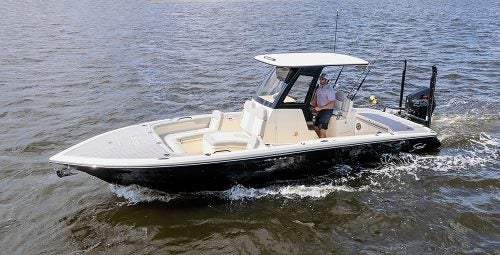 Scout 281 XSS Review
Scout 281 XSS Review Fuel Saving Tips For Boaters
Fuel Saving Tips For Boaters Best Boating Accessories
Best Boating Accessories Best Boating Apps
Best Boating Apps 5 Pontoon Boats That Are Made To Fish
5 Pontoon Boats That Are Made To Fish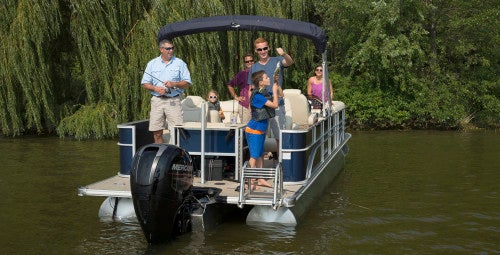 10 Great Small Pontoons
10 Great Small Pontoons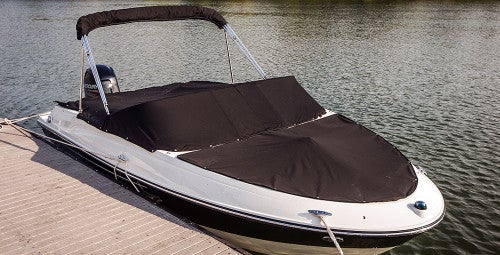 Your Boat Was Expensive—Do You Really Trust a $2 Rope From the Dollar Store to Secure It?
Your Boat Was Expensive—Do You Really Trust a $2 Rope From the Dollar Store to Secure It? Do I Need Insurance Coverage Against Ice or Freezing Damage?
Do I Need Insurance Coverage Against Ice or Freezing Damage? What Kind Of Insurance Coverage Do I Need?
What Kind Of Insurance Coverage Do I Need?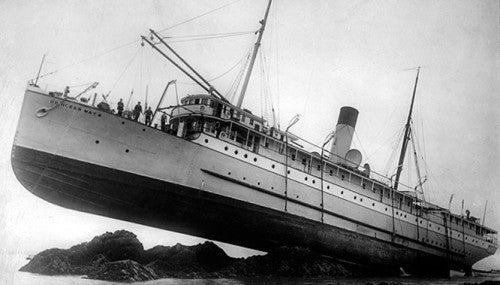 What About Salvage?
What About Salvage?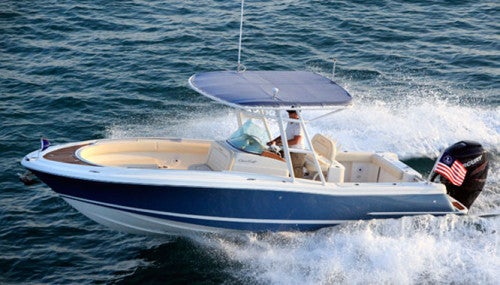 Boat Insurance or Yacht Insurance?
Boat Insurance or Yacht Insurance?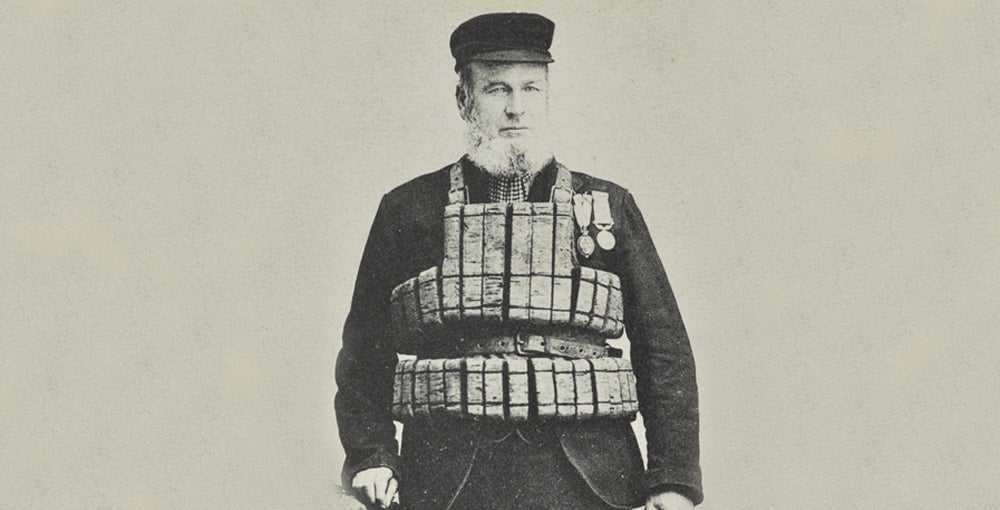
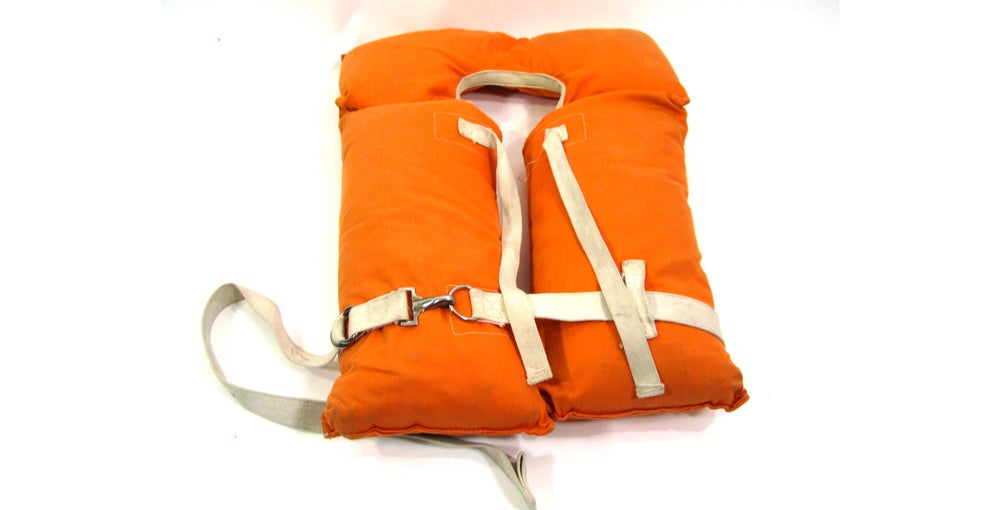
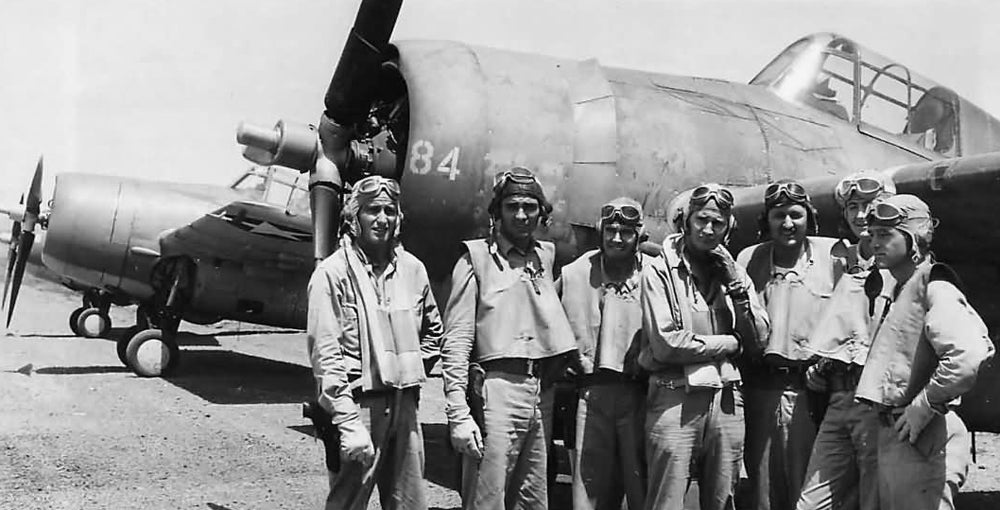
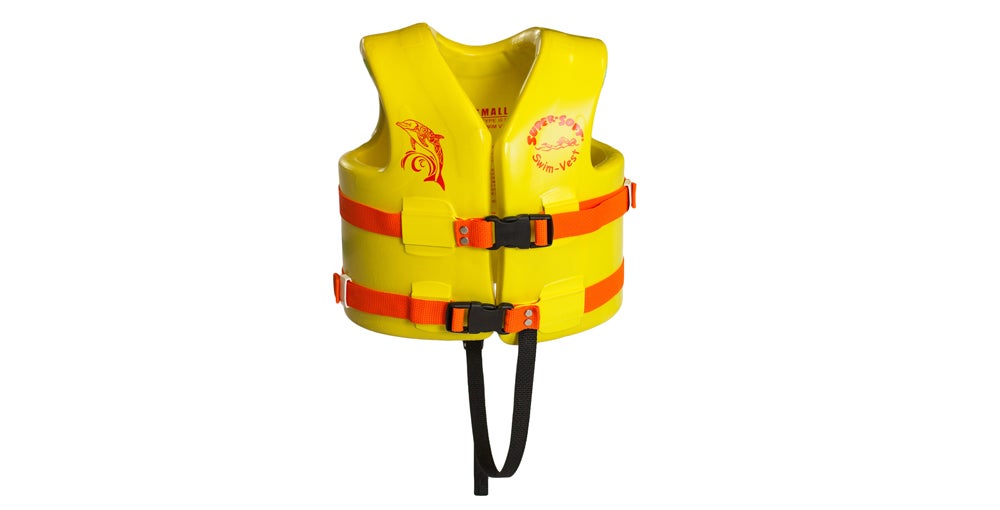
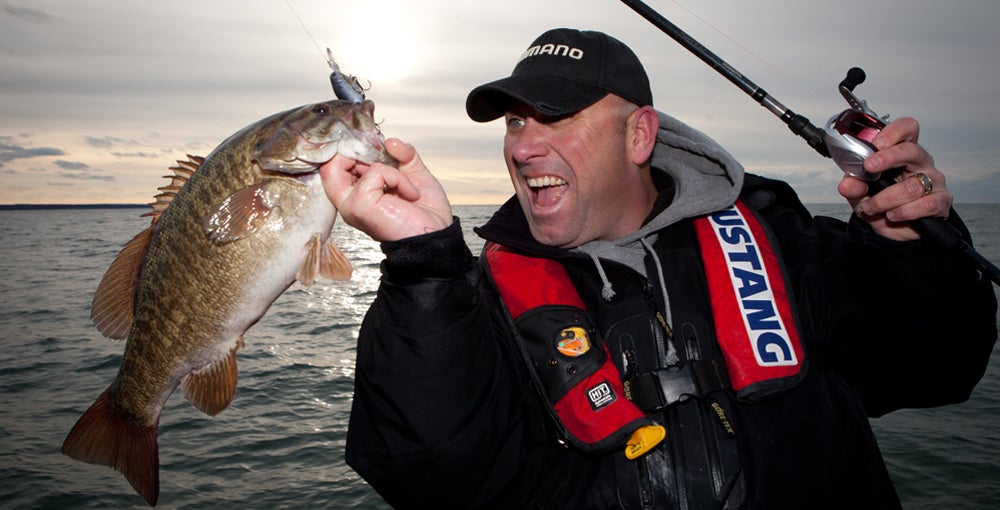

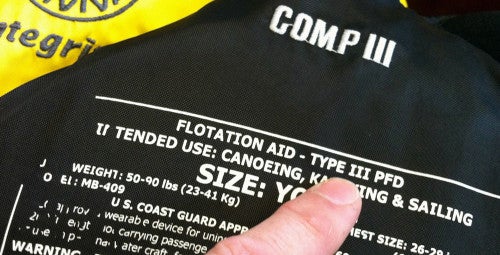
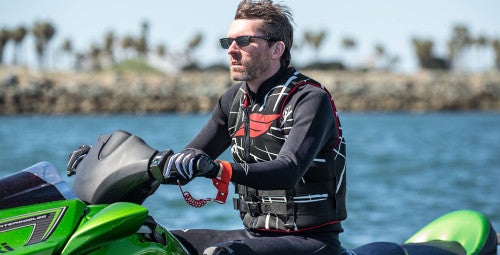

 The Best Bowriders For The Money
The Best Bowriders For The Money
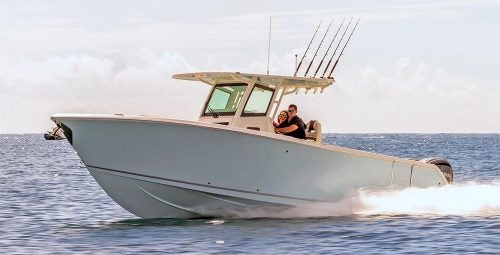 Sailfish 312CC Review
Sailfish 312CC Review
 The Wildest Concept Yachts
The Wildest Concept Yachts
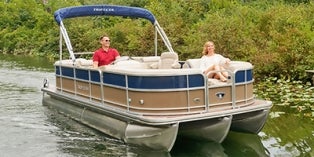 2016 Trifecta 200 Series 220FCR
2016 Trifecta 200 Series 220FCR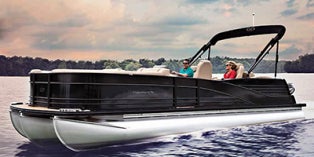 2016 Harris Grand Mariner SL 270 DL
2016 Harris Grand Mariner SL 270 DL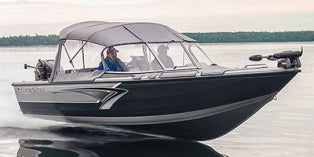 2016 Crestliner Authority 2050
2016 Crestliner Authority 2050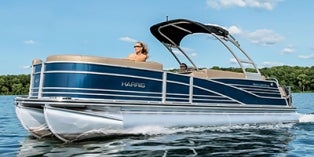 2016 Harris Grand Mariner SL 230 DLDH
2016 Harris Grand Mariner SL 230 DLDH
